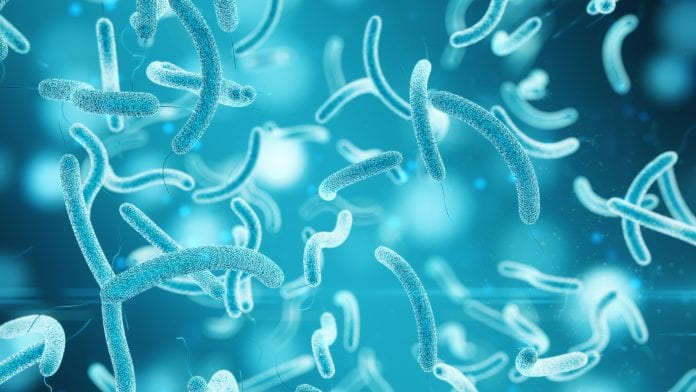
A team of scientists has revealed that improving disinfection in wastewater could help prevent the global spread of antibiotic resistance, which poses a major threat to global health.
Antibiotic resistance could become a bigger problem than the COVID-19 pandemic if nothing is done to halt its spread. A team of scientists from the Gwangju Institute of Science and Technology (GIST), Korea, are urgently trying to tackle the problem by exploring how the disinfection treatment of wastewater could play a role in tackling the spread of resistance.
The study has been published in the American Chemical Society’s Environmental Science and Technology.
Resistant bacteria in wastewater
Professor Yunho Lee, at Gwangju Institute of Science and Technology (GIST), and his team are exploring how to tackle the issue of wastewater, which provides a dangerous breeding ground for antibiotic resistant bacteria. To understand how to tackle the issue, the team have studied the effects of various amounts of chlorine, ozone, and ultraviolet radiation on the degradation of both extracellular and intracellular (contained within bacteria) methicillin (a type of penicillin) resistance gene, mecA, of the bacteria Staphylococcus aureus in water.
He said: “Bacteria, including antibiotic-resistant bacteria and their resistance genes, abound in various aquatic environments. These are therefore dangerous breeding grounds for antibiotic resistance, where through a process called horizontal gene transfer, resistant bacteria could transfer the resistance gene to other bacteria, which could then increase the antibiotic resistance levels among the members of the bacterial community, including pathogens.
“We could reduce this occurrence, however, if we determined which disinfectants and how much of them could safely and efficiently kill the resistant bacteria and gene in our drinking water and wastewater effluents.”
Searching for sustainable solutions
The team used scanning electron microscopy to create high resolution observations and an analysis of the effect of the disinfectants on the reaction dynamics and cell structure, developing a reaction kinetics model for each disinfectant versus mecA. They have also developed a method for measuring the degradation rates, with their experiments verifying the effectiveness of their models and method.
Lee said: “Our findings are a key step in determining the optimal conditions for wastewater disinfection process operations for eliminating mecA and mitigating the spread of antibiotic resistance through our municipal wastewater systems.
“In this way, our research significantly contributes to public health protection against infection by antibiotic-resistant bacteria.”
Lee and his team hope the models can be applied to other segments of double stranded DNA as well – including those of certain viruses – and highlight that the research could help lead to sustainable solutions to the antibiotic resistance threat.








